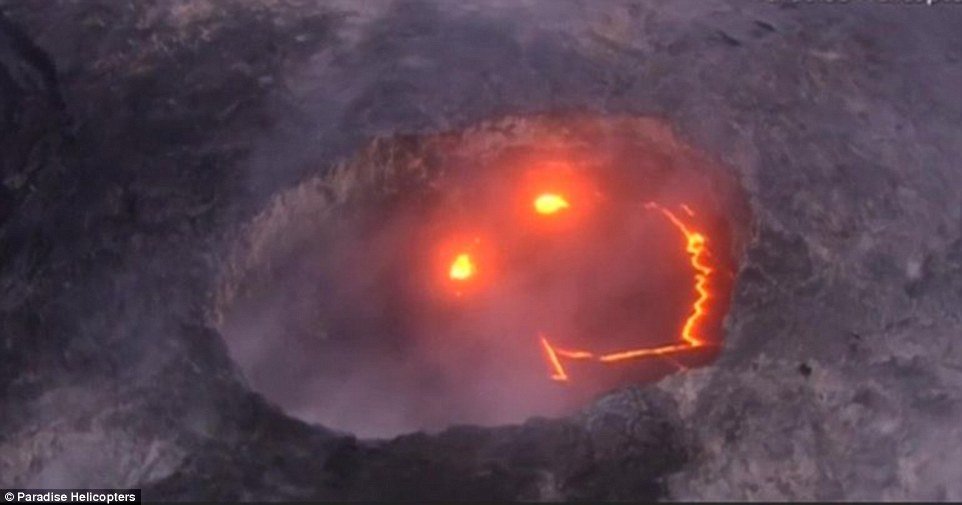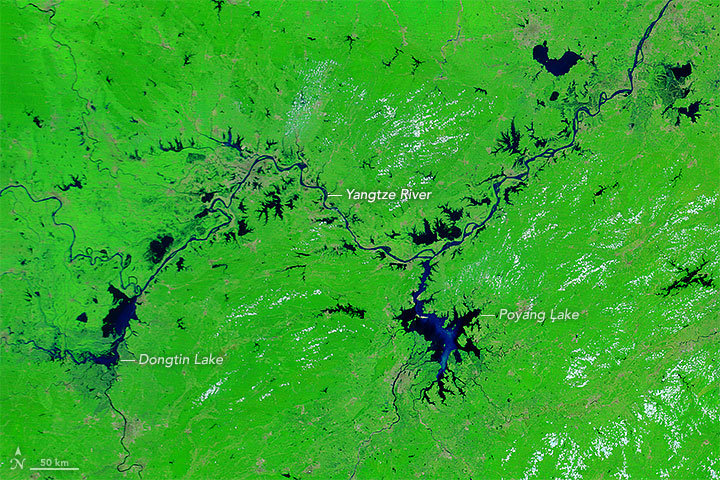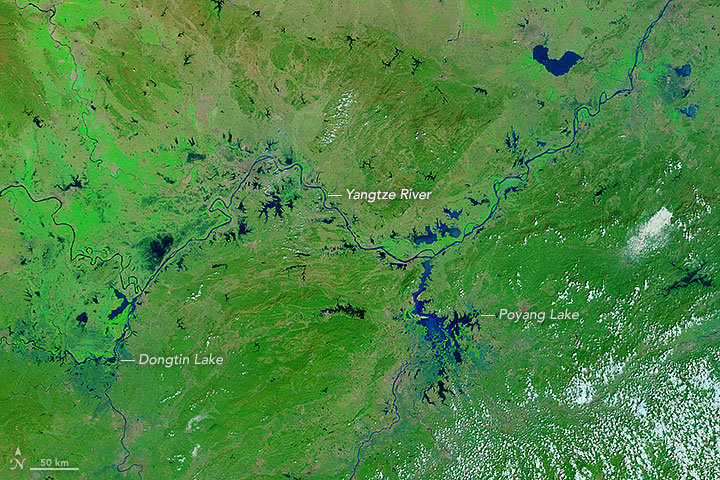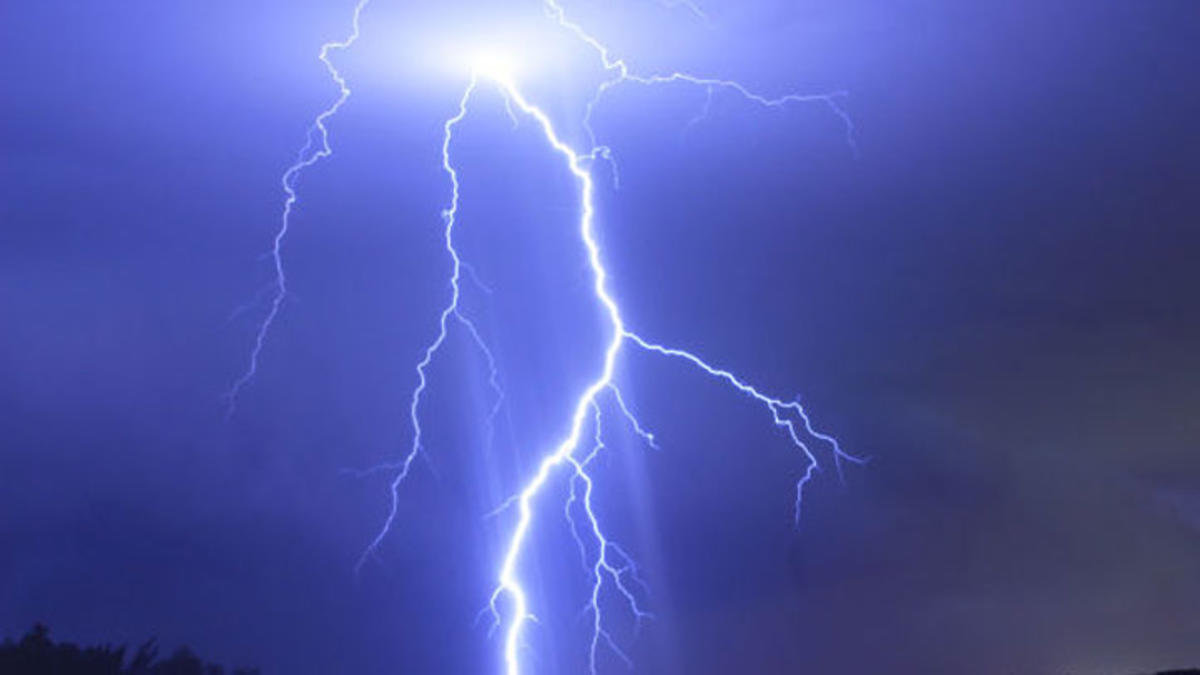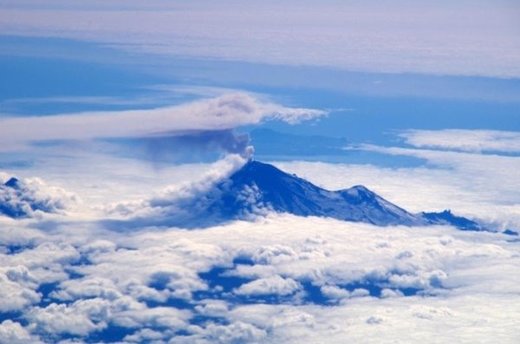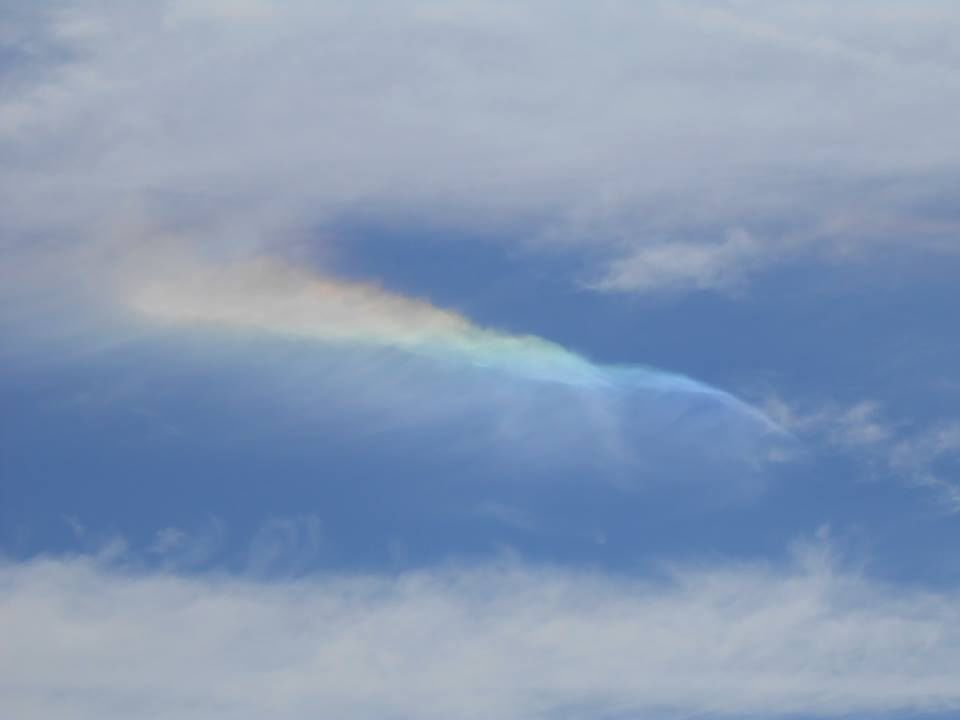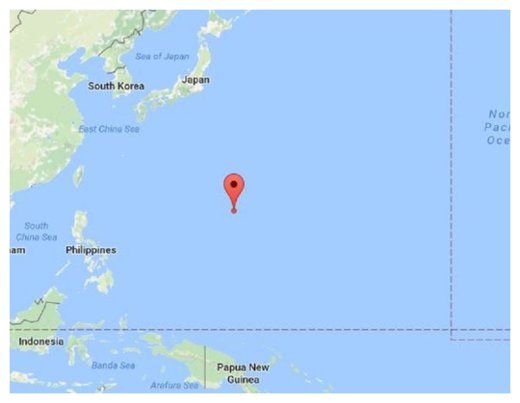
© Woody SpitzmuellerThis water trampoline, held down by four 100-pound concrete blocks, shot 20 feet into the air as a result of the “waterspout” on Prior Lake on July 23.
A rare weather phenomenon known as a waterspout caused damage along the shoreline of Prior Lake the morning of July 23.
Woody Spitzmueller, who lives on Grainwood Circle on Lower Prior Lake, described the scene as a "mini-tornado." Spitzmueller and his wife Barb were out in their yard, getting ready to leave for a family reunion, already on edge about the potential for strong storms that day. About 10:30 a.m., "this thing caught my eye — the clouds were real low, and I saw this funnel thing," he said.
About 500 feet above the lake, he saw ominous clouds with a funnel forming beneath them. Then he noticed the funnel sucking up water from the lake. Looking north toward Martinson Island, Spitzmueller watched as a water trampoline flew 20 feet up into the air. He later spoke to the trampoline's owner, who said the heavy object had been held down by four 100-pound concrete blocks. It was no match for the waterspout.
The whirling columns of air and water mist occur over bodies of water. They're usually weaker than tornadoes, but they can potentially cause as much damage as a tornado, according to the National Ocean Service.
On Prior Lake, the waterspout damaged trees, uprooted boat lifts and tossed around wakeboard boats and other recreational watercraft. The waterspout formed in Grainwood Bay and headed north and east into the channel between Fairbanks Trail and Martinson Island. Damage was reported on the island and along Lords Street. No injuries were reported.

© Woody SpitzmuellerPrior Lake residents surveyed the damage to their lakeshore properties after the mini-tornado known as a waterspout.
